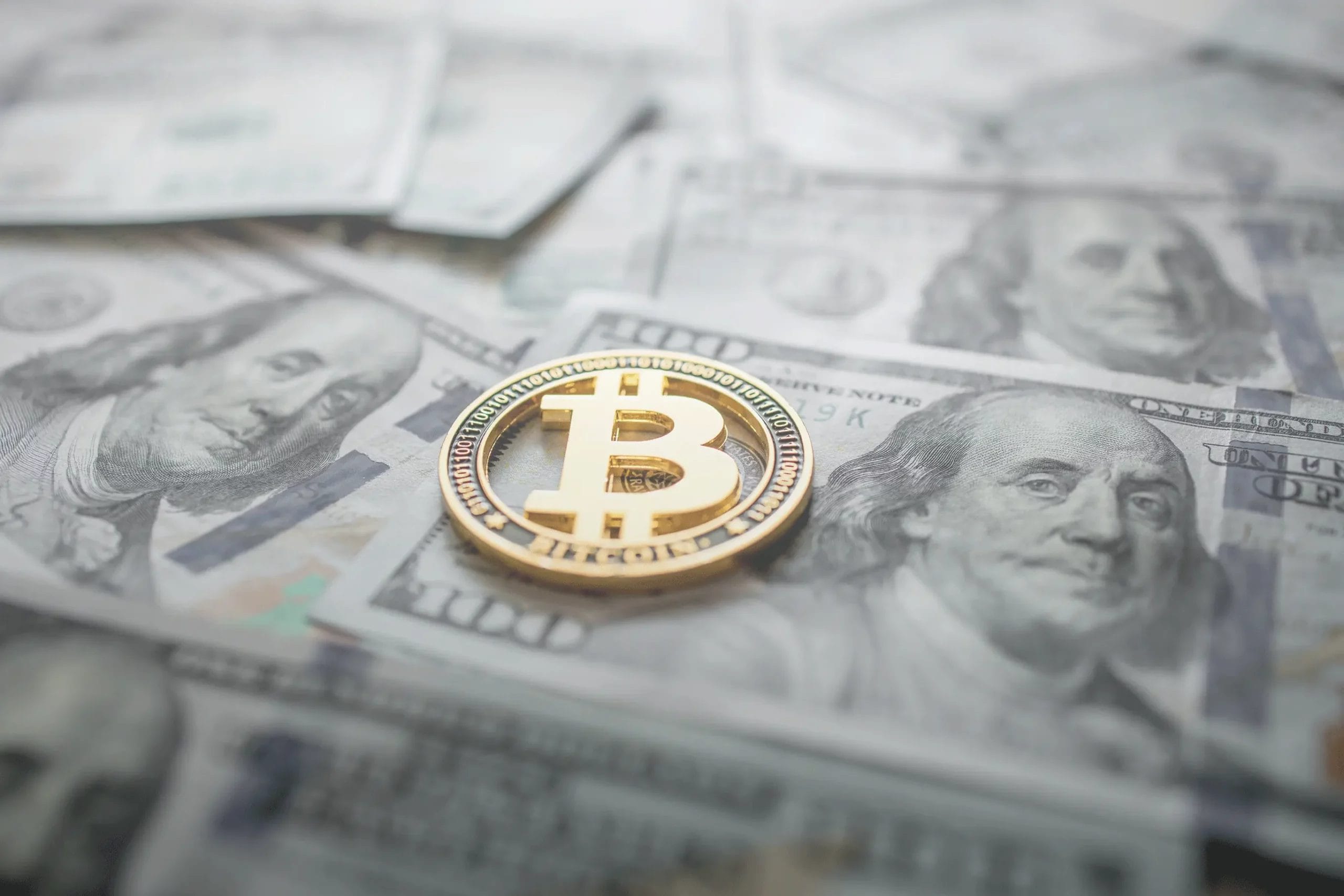
Double spending is a potential flaw in digital cash systems in which the same single digital token can be spent more than once. Double spending is an inherent problem with digital currency and is one of the key issues that Bitcoin was designed to solve.
Let’s quickly review the blockchain and how it works, to understand better how double spending might happen. When a block is created, it receives an encrypted number (called a hash) that contains identifiers like a timestamp, information from the previous block, and other transaction data. This data is encrypted with security protocols and algorithms used by Bitcoin.
After the block is verified by a miner, it is closed, and the miner who verified it receives the Bitcoin. When a secret block is created that outpaces the creation of the real block, the network recognizes it as the latest block and adds it to the chain. Then the person creating the secret block simply gives them back any crypto they’ve spent, allowing them to spend it again.
In a traditional financial system, double spending is prevented by the use of a central authority, such as a bank, which keeps track of all transactions and prevents the same money from being spent twice. However, in a decentralized system such as Bitcoin, there is no central authority to keep track of transactions. This makes double-spending possible, as there is no way to prevent someone from spending the same Bitcoin twice.
There are a number of ways to prevent double-spending in Bitcoin. One way is to use a proof-of-work system. In a proof-of-work system, miners compete to solve complex mathematical problems. The first miner to solve the problem is rewarded with a Bitcoin and their transaction is added to the blockchain. The blockchain is a public ledger of all Bitcoin transactions. Once a transaction is added to the blockchain, it is very difficult to change or remove. This makes it difficult to double-spend Bitcoin, as any attempt to do so would require rewriting the blockchain.
Another way to prevent double-spending is to use a timestamp server. A timestamp server is a server that keeps track of the current time. When a transaction is made, it is timestamped by the time stamp server. This timestamp can be used to verify the order of transactions and prevent double-spending.
Double spending is a serious problem for digital currency systems. However, there are a number of ways to prevent double-spending. Proof-of-work and time stamp servers are two of the most common methods.
The risk of cryptocurrency being double-spent is small. The blockchain makes it difficult to do because all blocks must be verified and accepted by a network of miners. In order to get an altered block verified, another user has to accept it.
Even if a miner with elicit intentions was able to make this happen, the blockchain’s consensus mechanism moves so quickly that the altered block would likely be outdated before it got accepted.
Another thing to consider is that because solving these complex hashes takes up so much computational power, it’s incredibly difficult to falsify them.
In fact, there are no recorded instances of double spending anywhere on the blockchain. Double-spending attacks are actually more commonly used for other purposes. There have been attempts at double-spending, but they have all been thwarted.
The 51% attack poses the largest risk for blockchains. If a miner controls at least 51% of the power it takes to validate the transaction, they create the block and are awarded the cryptocurrency.
So, when this 51% owner controls a majority of hashing on the blockchain, they get to dictate the transaction consensus and are able to award the currency. However, in popular cryptocurrencies like Bitcoin, this is highly unlikely because there are so many miners that no single user has that much ownership.
Newer cryptocurrencies are more susceptible to this type of attack because they have smaller networks and fewer miners.
The unconfirmed transaction attack is much more common and fools users much more often. If you see an unconfirmed transaction come through, You should not accept it.
Bitcoin prevents double-spending attacks by using a combination of blockchain technology and proof-of-work consensus.
Blockchain technology is a distributed ledger that records all Bitcoin transactions. Every time a Bitcoin transaction is made, it is broadcast to all nodes on the network. The nodes then verify the transaction and add it to the blockchain.
Proof-of-work consensus is a mechanism that ensures that only valid transactions are added to the blockchain. To add a block to the blockchain, miners must solve a complex mathematical problem. The first miner to solve the problem is rewarded with Bitcoin and the right to add the block to the blockchain.
The combination of blockchain technology and proof-of-work consensus makes it very difficult to double-spend Bitcoin. If an attacker tries to spend the same Bitcoin twice, their transaction will be rejected by the network. This is because the network will only accept transactions that are included in a block that has been verified by miners.
As you can see, while there haven’t been any verified instances of double spending, it’s still possible. It's important to protect yourself from double spending by watching out for any attacks on you and your Bitcoin.
By using a Bitcoin Depot ATM (BTM) to conduct your transactions, you can be sure your crypto is safe and secure. Plus, it’s fast and easy, so find a BTM near you today to get started and stay safe!